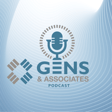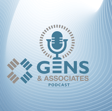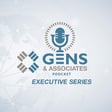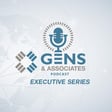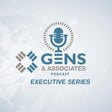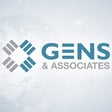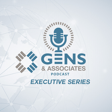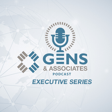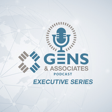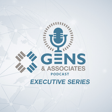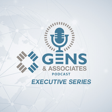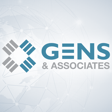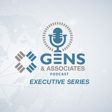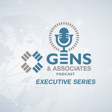
Episode #21 - 2024 DIA RIM eBook - Achieving Excellence in Regulatory Information Management
Welcome to The Gens & Associates Podcast, where key members of the consulting firm will discuss insights into their research, regulatory trends and hot topics, as well as converse with industry thought leaders.
In this episode, Katherine Yang-Iott is joined by Pat Shafer and Bala Balasubramanian, 2 authors of the newly published DIA RIM eBook. They share how the collaboration between thought leaders in Regulatory and DIA RIM working groups resulted in a rich compilation of ever-expanding and evolving regulatory knowledge captured in the new resource.
Pat Shafer, Managing Director, FTI Consulting, pat.shafer@fticonsulting.com 464-379-8307
"Bala" Balasubramanian, Orion Innovation, vbala@vbinsightsllc.com, 732-890-2443
Be sure to check out Pat and Bala's book, Achieving Excellence in Regulatory Information Management: https://www.amazon.com/Achieving-Excellence-Regulatory-Information-Management-ebook/dp/B0D3JFWX52/?_encoding=UTF8&pd_rd_w=kemSD&content-id=amzn1.sym.f8fbf489-893c-481c-b7fa-18e0b0ecaa0c%3Aamzn1.symc.a68f4ca3-28dc-4388-a2cf-24672c480d8f&pf_rd_p=f8fbf489-893c-481c-b7fa-18e0b0ecaa0c&pf_rd_r=S2CB14A317VYS4V9KB7G&pd_rd_wg=6JJxo&pd_rd_r=d0945e75-767f-4e68-8d7c-8a40faaa9479&ref_=pd_hp_d_atf_ci_mcx_mr_ca_hp_atf_d
